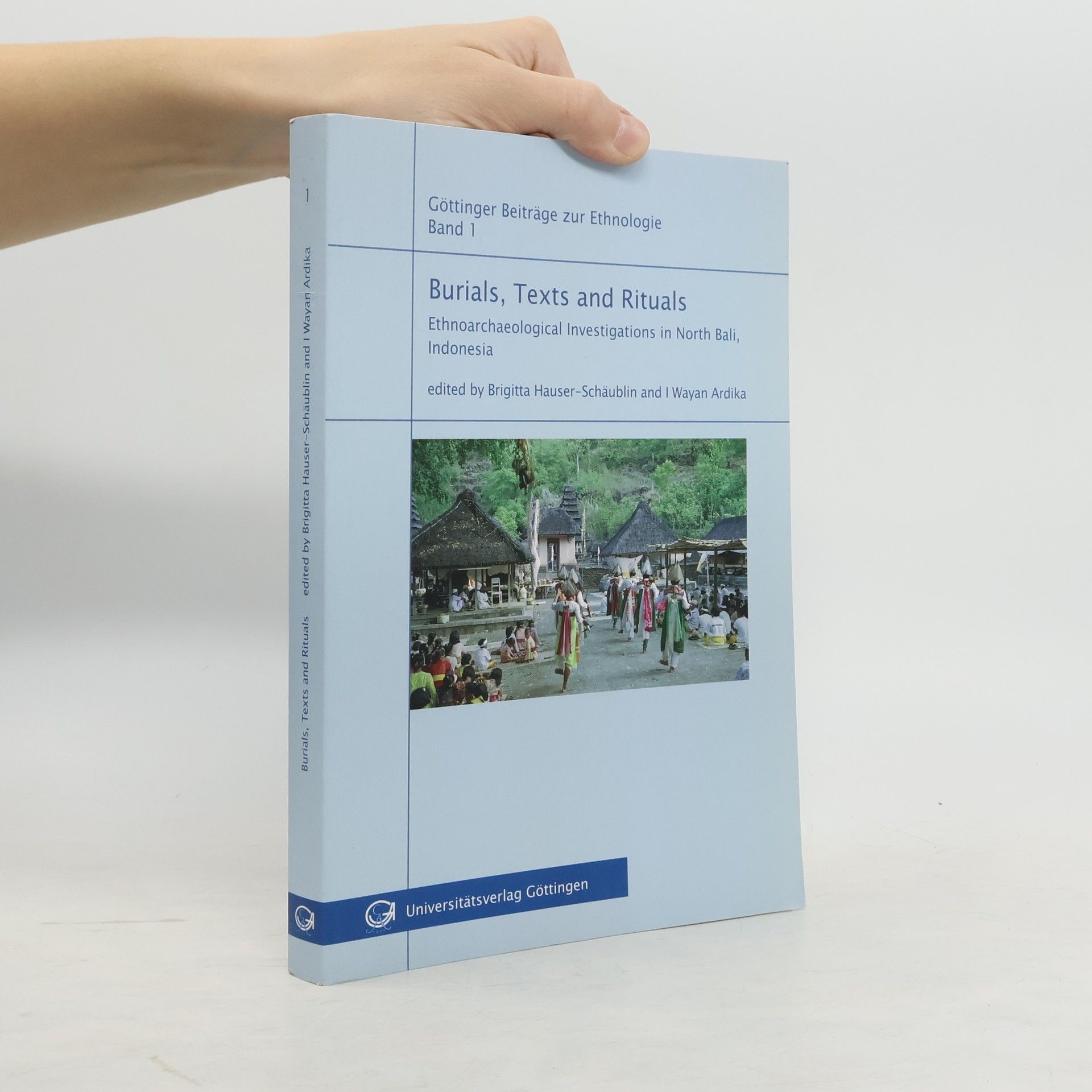James Cook
- 350pages
- 13 heures de lecture
Documenting 500 objects from a unique collection of art from Oceania and the Americas, with details of Cook's voyages.






Documenting 500 objects from a unique collection of art from Oceania and the Americas, with details of Cook's voyages.
Gendered Lives, Works, and Knowledge in a Middle Sepik Village, Papua New Guinea
The book offers a glimpse into the Iatmul society of the Middle Sepik, initially studied by Gregory Bateson in the late 1920s, while Margaret Mead explored sex roles among the nearby Tchambuli people. The author lived in the Iatmul village of Kararau during 1972/3, focusing on women's lives, work, and knowledge. She returned to the Sepik in 2015 and 2017, enriching the narrative with two chapters on the Iatmul's life in the 2010s. The text, a translation of a 1977 German publication, includes extensive quantitative and qualitative data on subsistence economy, marriage, and women's knowledge of myths and rituals. Life histories and in-depth interviews provide profound insights into women's experiences and emotions, particularly regarding their relationships with men in the early 1970s. Since then, Iatmul culture has undergone significant changes, particularly in economy, religion, knowledge, and gender relations. In her afterword, anthropologist Christiane Falck discusses major themes from a 2018 perspective, drawing on her fieldwork that began in 2012. Overall, the book delivers detailed insights into gendered lives in the 1970s and the cultural dynamics that have evolved since then.
A number of UN conventions and declarations serve as instruments of international governance aimed at promoting democracy and social justice globally. In Indonesia, these agreements have empowered communities historically oppressed and deprived of land, particularly during the New Order regime (1966-1998). By 2013, over 2,000 communities identifying as masyarakat adat or “indigenous peoples” had joined the Indigenous Peoples’ Alliance of the Archipelago (AMAN). Seeking recognition and self-determination, these communities receive support from international donors and NGOs through development programs. The concept of “culture” or adat is crucial to their self-definition, allowing them to distinguish themselves based on cultural characteristics. This distinction is essential for asserting claims to the restitution of traditional rights and property, including land and natural resources, from the state. The authors of this volume explore how variously structured communities—socially, politically, and religiously—reposition themselves in relation to others, particularly the state. They utilize adat not only to achieve specific goals but also to reclaim dignity and envision a better future.
Angkor, the temple and palace complex of the ancient Khmer capital in Cambodia is one of the world’s most famous monuments. Hundreds of thousands of tourists from all over the globe visit Angkor Park, one of the finest UNESCO World Heritage Sites, every year. Since its UNESCO listing in 1992, the Angkor region has experienced an overwhelming mushrooming of hotels and restaurants; the infrastructure has been hardly able to cope with the rapid growth of mass tourism and its needs. This applies to the access and use of monument sites as well. The authors of this book critically describe and analyse the heritage nomination processes in Cambodia, especially in the case of Angkor and the temple of Preah Vihear on the Cambodian/Thai border. They examine the implications the UNESCO listings have had with regard to the management of Angkor Park and its inhabitants on the one hand, and to the Cambodian/Thai relationships on the other. Furthermore, they address issues of development through tourism that UNESCO has recognised as a welcome side-effect of heritage listings. They raise the question whether development through tourism deepens already existing inequalities rather than contributing to the promotion of the poor.
The villages on Bali’s north-east coast have a long history. Archaeological finds have shown that the coastal settlements of Tejakula District enjoyed trading relations with India as long as 2000 years ago or more. Royal decrees dating from the 10th to the 12th century, inscribed on copper tablets and still preserved in the local villages as part of their religious heritage, bear witness to the fact that, over a period of over 1000 years, these played a major role as harbour and trading centres in the transmaritime trade between India and (probably) the Spice Islands. At the same time the inscriptions attest to the complexity in those days of Balinese society, with a hierarchical social organisation headed by a king who resided in the interior – precisely where, nobody knows. The interior was connected to the prosperous coastal settlements through a network of trade and ritual. The questions that faced the German-Balinese research team were first: Was there anything left over of this evidently glorious past? And second: Would our professional anthropological and archaeological research work be able to throw any more light on the vibrant past of these villages? This book is an attempt to answer both these and further questions on Bali’s coastal settlements, their history and culture.
Baron von Asch, der große Pionier der Sibirien- und Alaska-Forschung, sammelte im 18. Jahrhundert zahlreiche kulturelle Zeugnisse bis dahin unbekannter Völker. Erstmals wird dieser weltweit einmalige Bestand ausführlich vorgestellt.